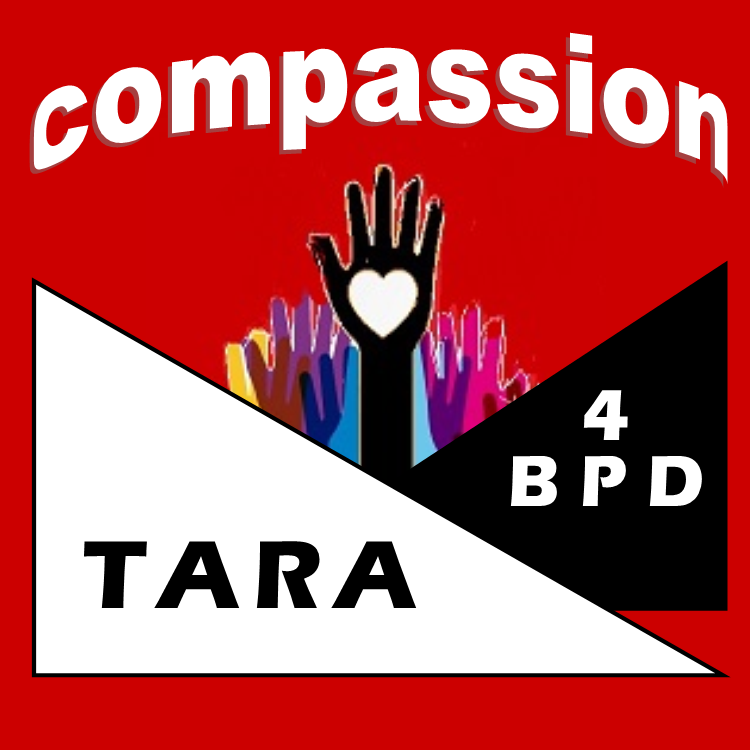Pre-treatment Targets
•Orienting and Agreement on Goal
1st Stage Targets
•Decreasing or eliminating life-threatening behaviors (suicide attempts, suicidal thinking, self-injury, homicidal and aggressive behaviors)
•Decreasing or eliminating therapy-interfering behaviors (missing sessions, not doing homework, behaving so that others burn out”. using hospitalization as a way handling crisis. ).
•Reducing or eliminating hospitalization as a way handling crisis.
•Decreasing Quality of life interfering behaviors (eating disorders, not going to work or school, addiction, schronic unemployment).
•Increasing behaviors that will enable the person to have a life worth living.
•Increasing behavioral skills that help to build relationships, manage emotions and deal effectively with various life problems. These skills are: Mindfulness, Interpersonal Relationships, Emotion Regulation, Distress Tolerance, and Self-Management.
2nd Stage Targets
•Decreasing Post Traumatic Stress Disorder
3rd STAGE Targets
•Increasing respect for self
•Setting individual goals
•Solving ordinary life problems
4th STAGE Targets
•Capacity for Freedom and Joy. Although these priorities are presented in order of Importance however
DBT practioners believe they are all interconnected. If a person does not stay alive, they will not have the chance to receive help. If they don’t stay in therapy, they won’t get the help they need to change their quality of life. DBT aims to convince people to stay alive, stay in therapy and build a life worth living. As the person makes a commitment to life and to stopping self-destructive behaviors, DBT provides them with support in learning how to create and keep a life that is sustaining.
